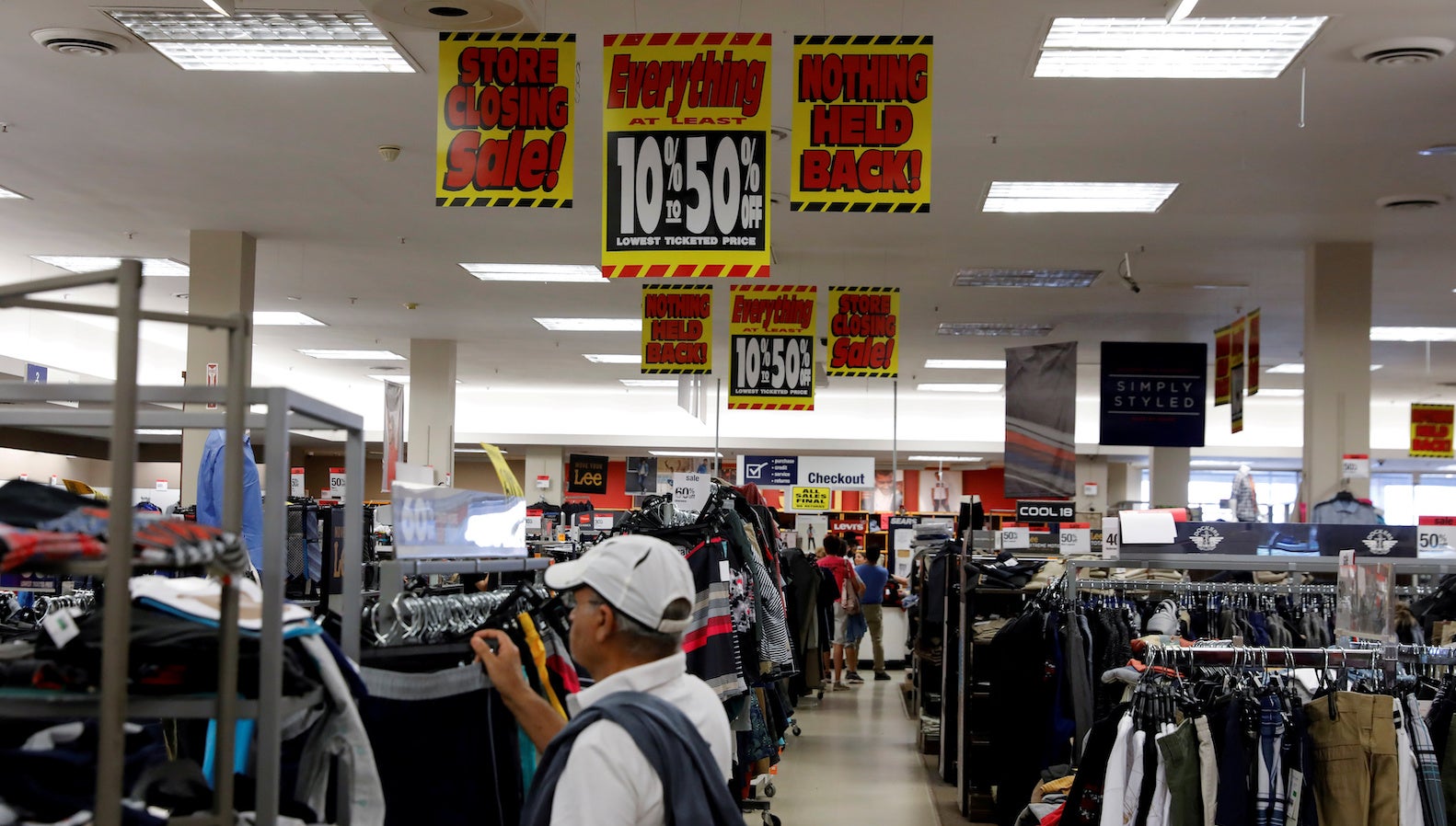The only reason Sears went bankrupt
Sears, the US company that started as a humble mail-order business in the 19th century and became one of the defining brands of American retail in the 20th, marked the 21st century by filing for bankruptcy earlier this week.


Sears, the US company that started as a humble mail-order business in the 19th century and became one of the defining brands of American retail in the 20th, marked the 21st century by filing for bankruptcy earlier this week.
There are many places to place the blame for this, not the least of which is Edward Lampert, the hedge-fund manager who took over Sears in 2005. Since then, the company has experienced seven years of losses, going from sales of $53 billion in 2006 to $16.7 billion last year (paywall). You could blame Amazon, which has devoured many a brick-and-mortar competitor as it becomes the king of all retail. Blame also the “retail apocalypse.”
Yet perhaps the most important reason that the 125-year-old retailer went under is the simplest: People didn’t want to shop there anymore.
Data from YouGov shows that only 23% of US adults said in 2015 that they’d consider shopping at Sears. That number is now 13%. It is even worse at Kmart, which is owned by Sears, whose customer interest fell from 19% to 9% in the same period. At the same time, YouGov noted that more Sears customers were interested in shopping at other physical retailers like Target and Kohl’s, suggesting that shoppers are willing to walk into stores if there is something worth buying. The former Sears customers were also more likely to go to dollar stores, which are thriving as the middle class shrinks. (Dollar stores are going digital, too, which should worry the remaining cheap brick-and-mortar retailers.)
Lampert’s poor business decisions—like not revamping stores and raising prices—and Amazon’s ability to sell everything easily and cheaply don’t make it easy to keep customers happy. When loyal shoppers turn their back on you, it is almost impossible to win them back.